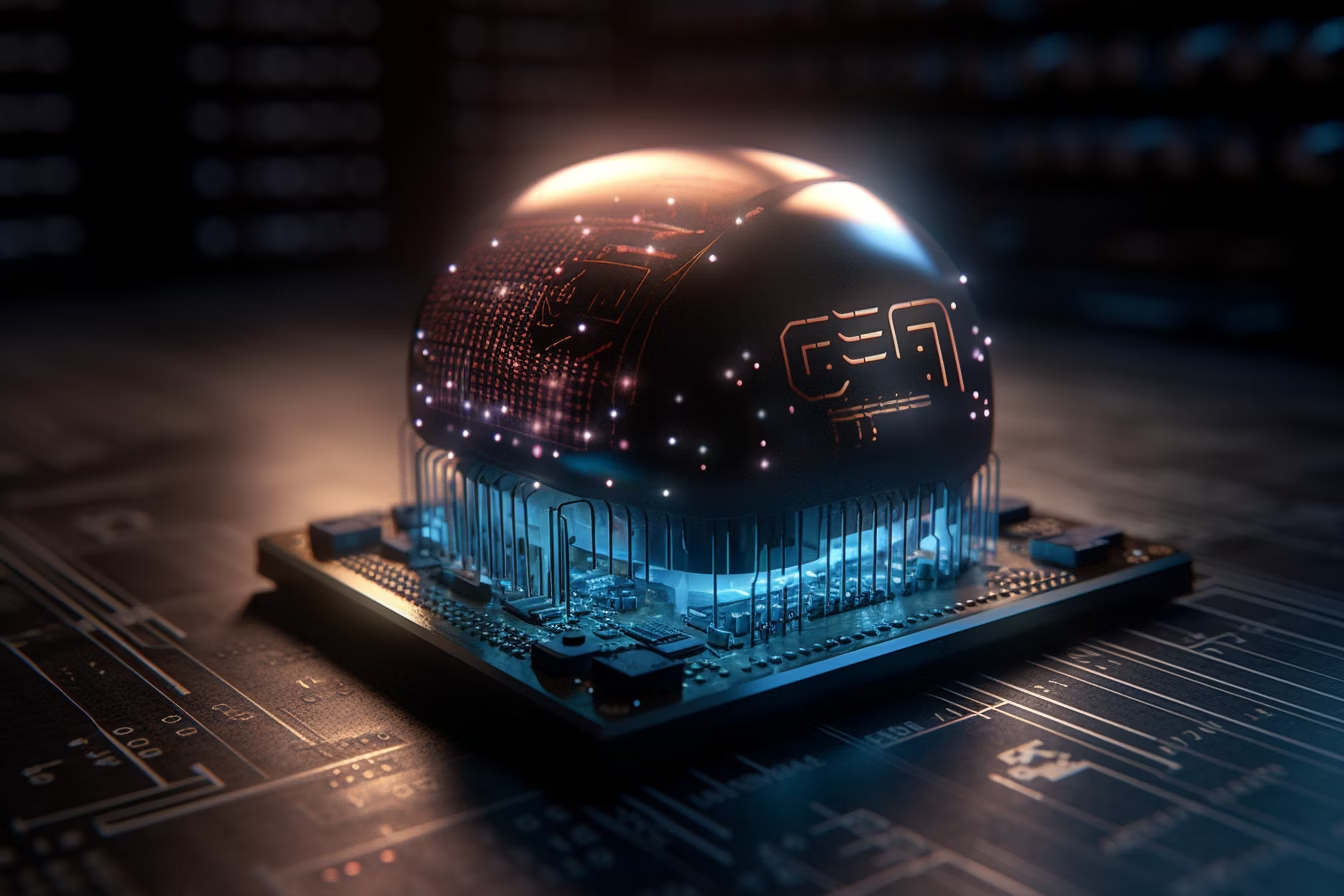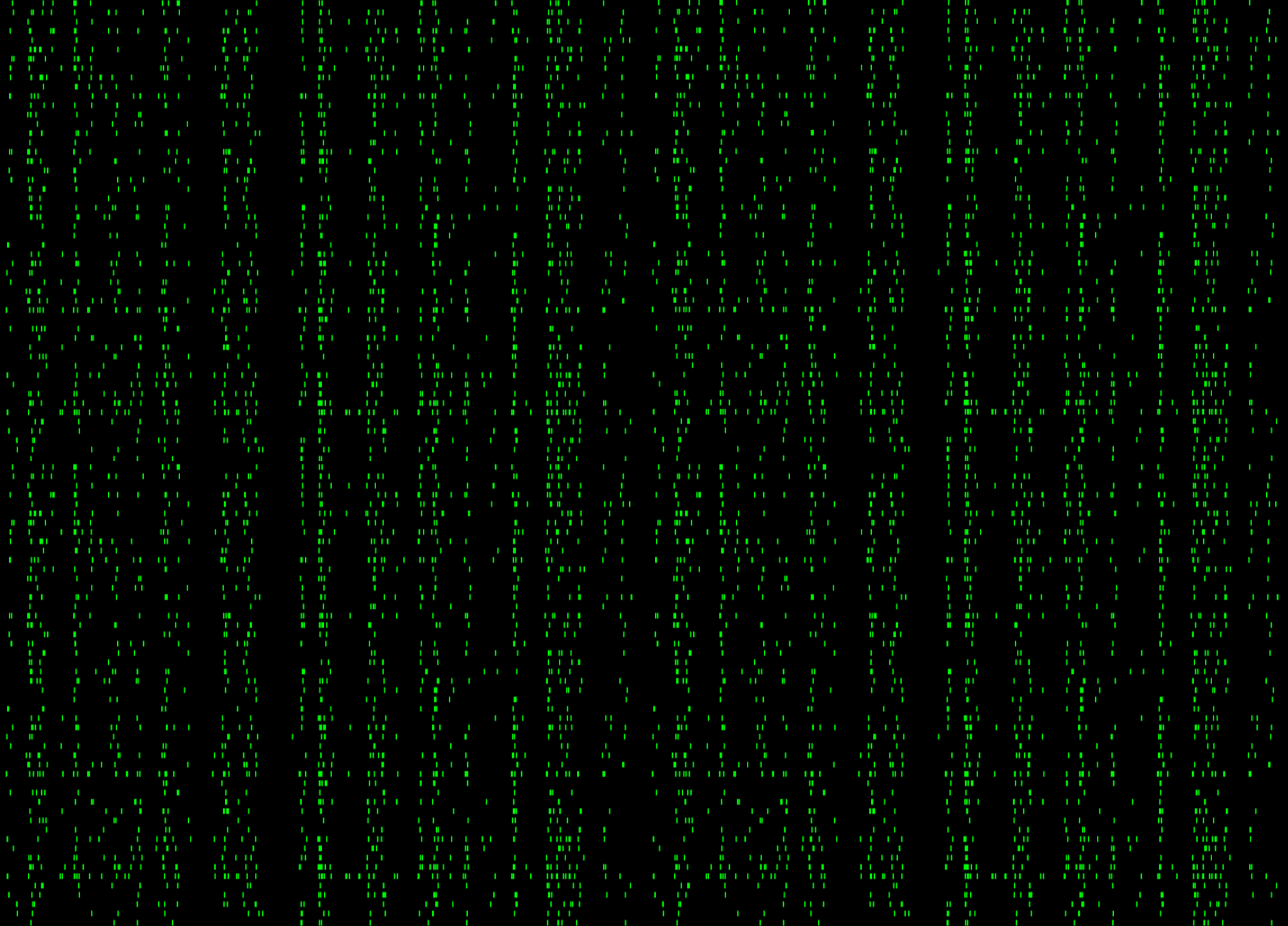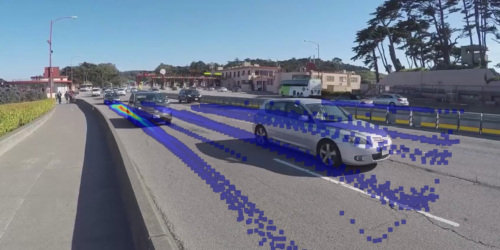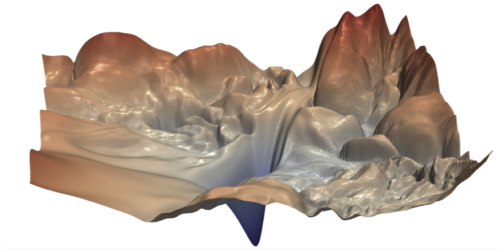Taming LLMs: Strategies and Tools for Controlling Responses
This article was originally published at Tryolabs’ website. It is reprinted here with the permission of Tryolabs. In the ever-evolving landscape of natural language processing, the advent of Large Language Models (LLMs) has ushered in a new era of possibilities and challenges. While these models showcase remarkable capabilities in generating human-like text, the potential for […]
Taming LLMs: Strategies and Tools for Controlling Responses Read More +











